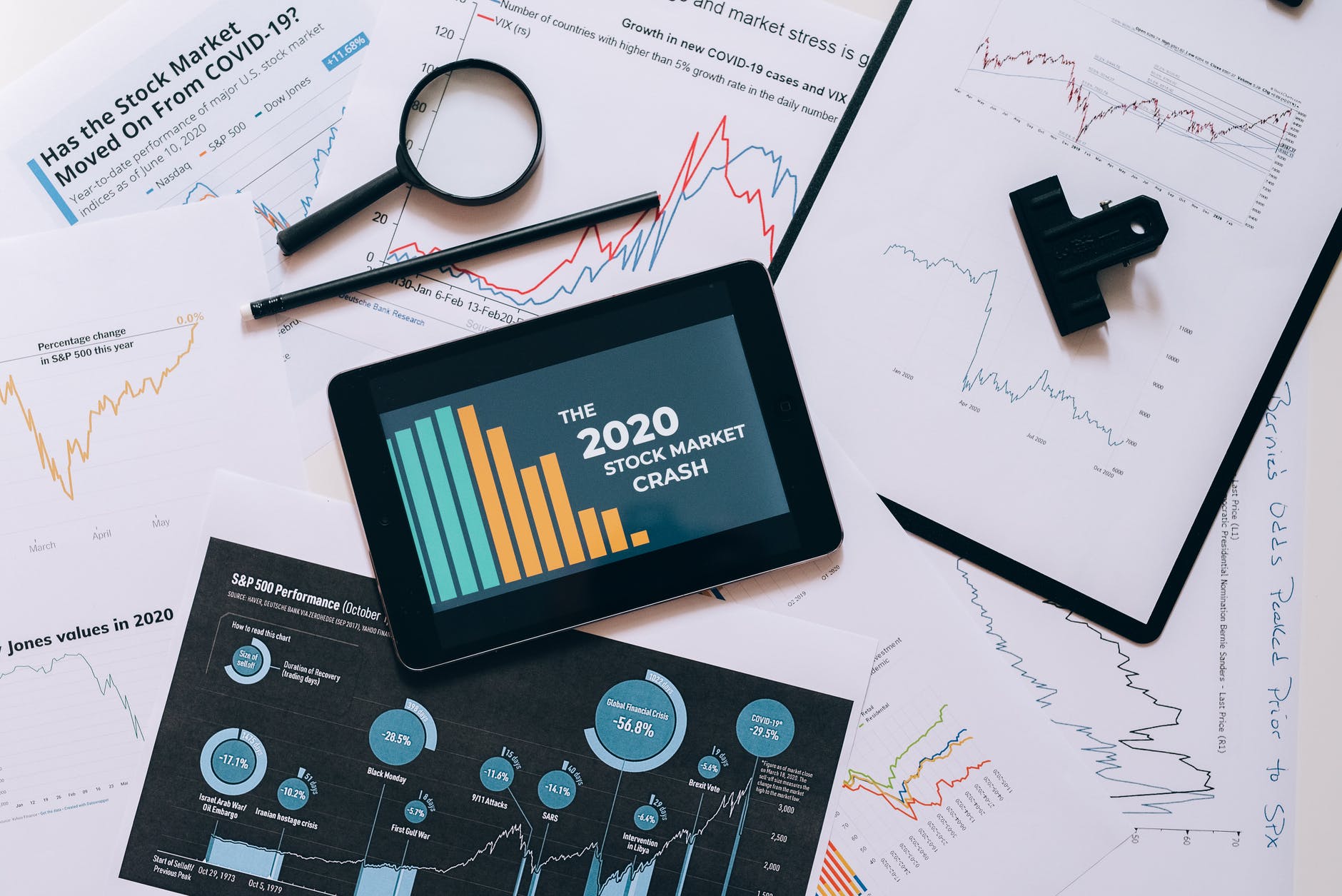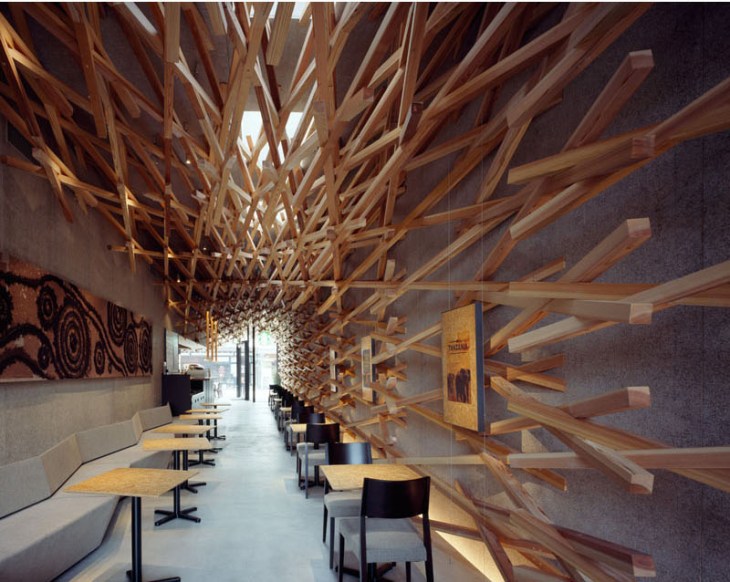I am learning to become a pretty good handyman/property manager.
No, I DO have a day job (architect)….it is just my second job that somehow happened to me over the years. Well, pushed into is a probably more accurate description.

Over the years, having anything to do with fixing our family’s over a hundred-year-old house became my responsibility. They varied from replacing light bulbs to running the construction work for our big renovation/addition project we had years ago.
I gradually morphed into a handyman/property manager person for our family from that construction time.
I was the one to fix any issues from living in our old house…and there were many over the years.
Most recently, we had an issue I had to deal with, and it was much bigger than my usual, replacing lightbulb works.
In fact, it should be called a project; upgrading the existing boiler to a new one to save on heating bills while seeking the low upfront cost of the new system.
I had to admit that they had a point about me being the “perfect” person in our family to run the project.
These were some of the comments from my family members with the emphasis on “me being in the industry.”
- “You must know the best boiler to select.”
- “You must know many people who do boiler work.”
- And my personal favourite comment, “you must get a big discount since you are in the industry.”
It was clear that I was the boiler expert in their eyes, and I did not have the heart to tell them I did not know much about the boiler, the people in boiler industries, etc.
Instead of explaining what architects do (and how we leave those technical decisions to engineers or even contractors), I decided to put on my “boiler expert” hat and started googling.
What is EVIDENCE-based design?
As I was slowly getting used to a new role, one word popped up in my research and my conversations with different boiler technicians: EVIDENCE.

There was much technical information to follow when I had a phone call with one of the boiler contractors. He was kept talking about the stats of the boilers he carries; high efficiency of 95%, 5 to 1 turndown ratio, high-temperature operation of up to 90° (194°F)…
While I was trying to get the estimate for the boiler work, he kept up with these stats for some time, and then he finally said the dreaded E word.
- “This boiler is more EXPENSIVE than other ones I have.”
- “How much more?”
- “Four thousand and some changes.”
- “What is the change amount?”
- “Nine hundred dollars”
The entire project was going to be well over the $10,000.00 range with his labour cost added.
As a professional working in the construction industry, I know the varying differences in construction material prices and their qualities.
However, as a newly minted “boiler expert” with a limited budget, I was no longer the “been there /done that” professional who could project a calm demeanour.
In other words, I was on the other side of the project budget discussion; I am the client.
After seeing my unhappy reactions, he described other “economy” (cheaper) models. He also explained how those would work less efficiently than the more expensive kind, which would increase the monthly heating bill…therefore, more cost in the long run.
While listening to his argument (aka sales pitch) and seeing the precise dollar amount saving calculations, it was evident what I had to do.
With his monthly fuel savings calculation between different boiler models, an expensive boiler’s initial high upfront cost was a more economical choice in a few years.
It was an example of how the evidence-based design decision I arrived at.
In the architecture industry, especially in specific building types like medical buildings, this type of a decision, discussion, design ideas get talked about often.
It is a way to design a building with clear evidence – statistics, science, data, facts – and arrive at difficult but necessary decisions, including financial ones.
The definition of evidence-based design (EBD) is described in Wikipedia.
Evidence Based Design (EVD) is the process of constructing of building or a physical environment based on scientific research to achieve the best possible outcomes.
Wikipedia
There is growing research providing the influence of well-designed physical environments supporting positive health outcomes and poorly designed spaces having the opposite effects.
As a frequent hospital visitor for my father in the past, I have seen/ experienced numerous occasions of patients’ and visitors’ comfort levels in a well-designed setting.
Evidence justifies expenses
Even though EBD benefits are known, implementing the strategies has not always been practiced, especially in smaller-scale residential buildings, due to initial cost.
Architects/designers like to emphasize the design work that can bring value to clients’ projects; however, those values are not always clear to our clients.
Describing our design ideas in esoteric concepts like values without specifying what or how they can provide those values is the sure way to lose a client.
I have to admit I have been guilty of practicing this myself in past discussions.

Like hospitals’ emphasis on patient care or even my boiler contractor’s monthly heating cost calculation are the type of evidence we (and our family) ALL need.
My boiler contractor laid out the evidence for me to make the decision, the right one.
Of course, now I am faced with another project of convincing my family to increase the budget…
Designers need to talk evidence.
The biggest business tip I received when I started my architecture practice years ago was to set my business to be in specific nitch markets (certain building types).
The idea is to become an expert in a small number of building types instead of being in many different sectors. In the architecture business, the niche market strategy is to select one or two building types and only focus on those types of buildings.

Not only this seemingly sensible advice did not work ( I was not going to turn down any project since I had none at the time), but I came to view it as not a good business advice.
Becoming an expert in specific building-type strategies misses one significant aspect of business interactions: clients expertise.
Not only do I (architect) have to be an expert, but the client needs to become one as well.
The client becoming an expert can only happen by seeing the evidence (not just ideas) provided, whether through signing off on the design ideas or selecting suitable building materials.
Many types of research have been done for buildings like hospitals and schools for user improvements. They provide clear stats to prove specific design ideas improve patient care or students’ participation levels.
With these clearly laid out benefits, one may not need to be an expert to convince others since we can ALL see the evidence.
Final Thought
The word, evidence is much better than value when it comes to making decisions, especially the challenging financial ones.
Seeing the benefits (evidence) from selecting specific design ideas is more convincing than hearing fuzzy design concepts described as values.
As I’m getting used to being my family’s handyman/ property manager with tight budgets, I am becoming an expert in helping them make better decisions with evidence I highlight.

Totally! Evidence-based design is a key component in developing better things, whether it is fashion, architecture or product design. Also, when it comes to teamwork, it helps in ensuring the team have a common objective.
LikeLike